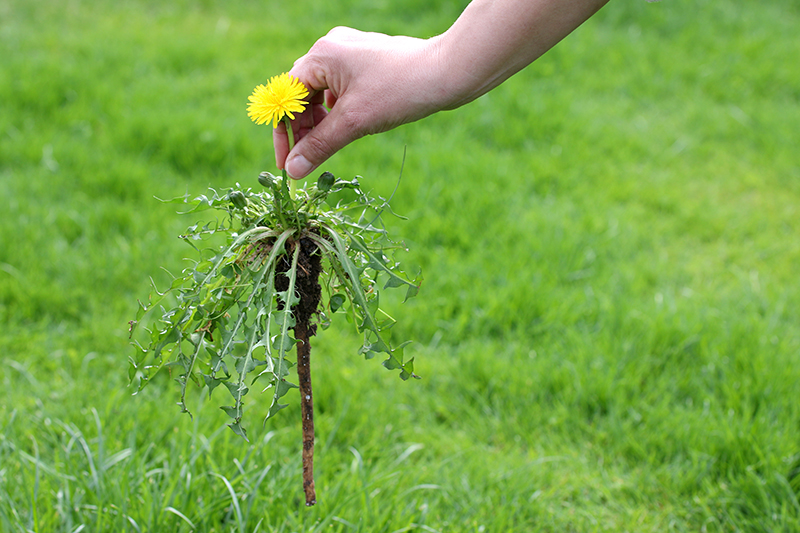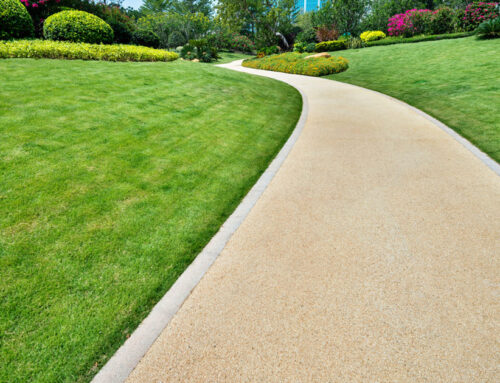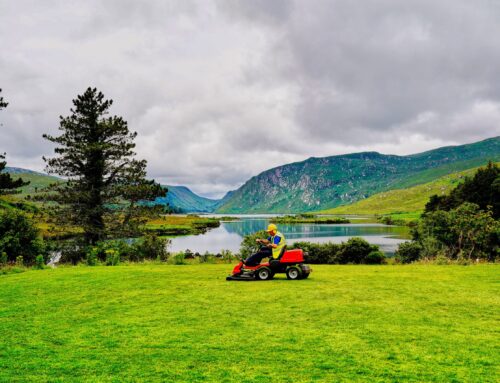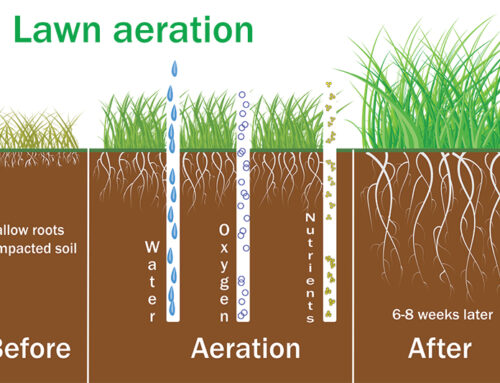How to Remove Weeds in Your Yard
Top Tips for the Removal of Weeds
In the last blog, we talked about how to prevent weeds in your yard. But if you’re like most people, those stubborn plants have grown and are now scattered across your lawn, hurting your curb appeal and posing a real headache. What can you do about them? Read on. . .
Use landscape fabrics.
In the last blog, we talked about how mulch prevents weeds by blocking out sunlight and depriving them of the moisture they need to grow. In addition to mulch, it’s also a good idea to use a landscape fabric made of natural fibers, such as burlap or recycled plastics. They effectively block weeds while still enabling air and water to get into the soil for the plants you’re actually trying to grow. Used with thick mulch, these organic landscape fabrics will decompose naturally into the soil, working with the natural surroundings, not against them. One note about biodegradable mulch—it will break down and make the soil nice and rich, but it can take a longer time for this process.
Unfortunately, sometimes weeds will still get through this landscape barrier, so try using bark mulch or rocks on top to block them as aggressively as possible.
Have you been pulling out weeds the wrong way?
Pulling weeds seems simple enough. Interestingly, a task that many of us have been doing for as long as we’ve owned property, may not be getting done in the most effective way. First, it’s best to pull weeds when the ground is moist, after a rainfall.
If you’re using mulch, it’s best to pull or cut weeds as close to the ground as possible. If the weeds have shallow roots, hold them by the stem and gently tug on them. If they have deeper roots, like dandelions, you could try using a hoe to dig the soil around the stem, then pull. If you don’t want to wait until the dandelions in your yard are already blowing around, it’s best to pull them as soon as you spot them. If you don’t, dandelion plants can produce 15,000 seeds every year, and each of those seeds may live for up to six years in the ground.
Hoeing is a good idea for helping to control annual weeds. Technique is important. You must use short strokes that cut the weeds off at the soil level. If you hoe any deeper, you’ll run into a problem we mentioned before—upsetting the surrounding soil and loosening the other dormant weed seeds. Also, if you hoe too deeply, you could damage the roots of the plants you’re trying to grow!
A good rule of thumb: Weeds are easier to pull out when they’re small. If you wait until they’ve grown and taken over the yard, you’ll have a lot more work to do. After all, prevention is much easier than trying to remedy a situation that’s out of control.
Burn the weeds.
If you have weeds growing in sidewalk or driveway cracks, and at the edges of your lawn, simply torch the weeds with small landscape flamers. These are attached to regular propane tanks. It’s a chemical-free process, though gas is still involved. But it’s a very quick and highly effective way to get rid of weeds in these areas once and for all.
Herbicides
Last but not least, you can try organic herbicides. Vinegar is often recommended, though it can harm surrounding plants. It’s best to consult with professionals like the ones at The Veron Company who can advise you on the best organic herbicides and other all-natural lawn products to use.
The Veron Company is your partner in environmentally friendly landscaping. Contact us today to let us go to work for you!
The Veron Company, serving Marlborough, Massachusetts and surrounding areas, including Cape Cod since 1982.







